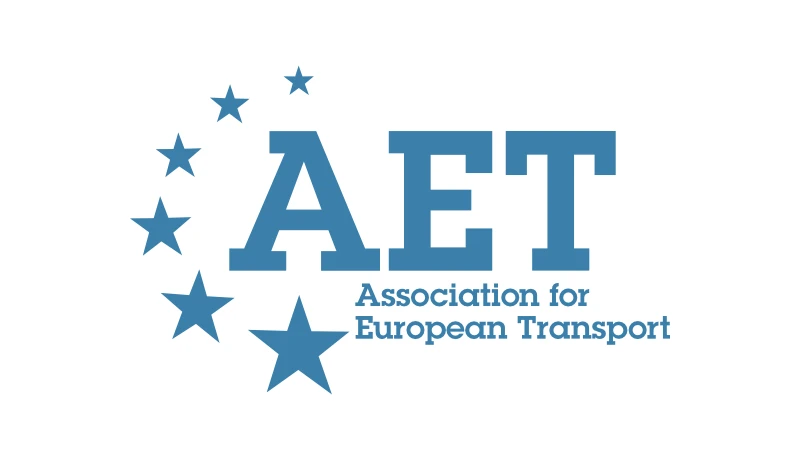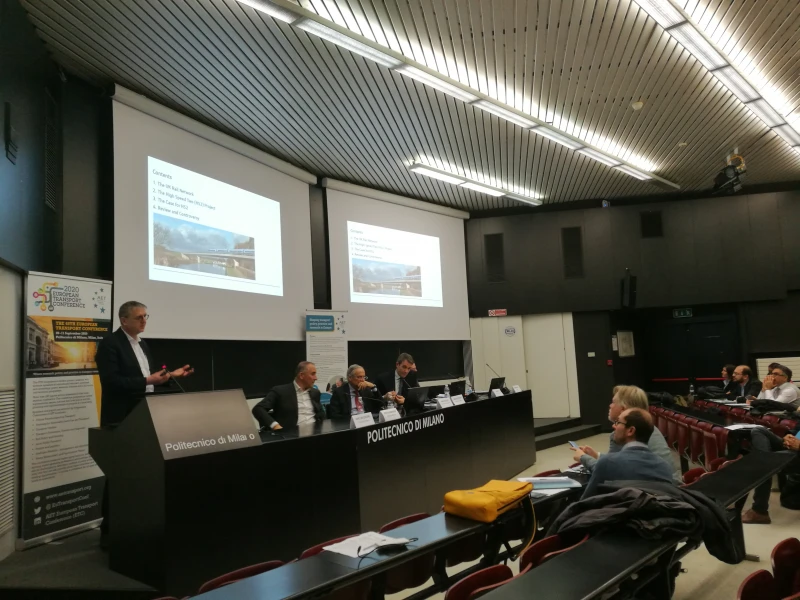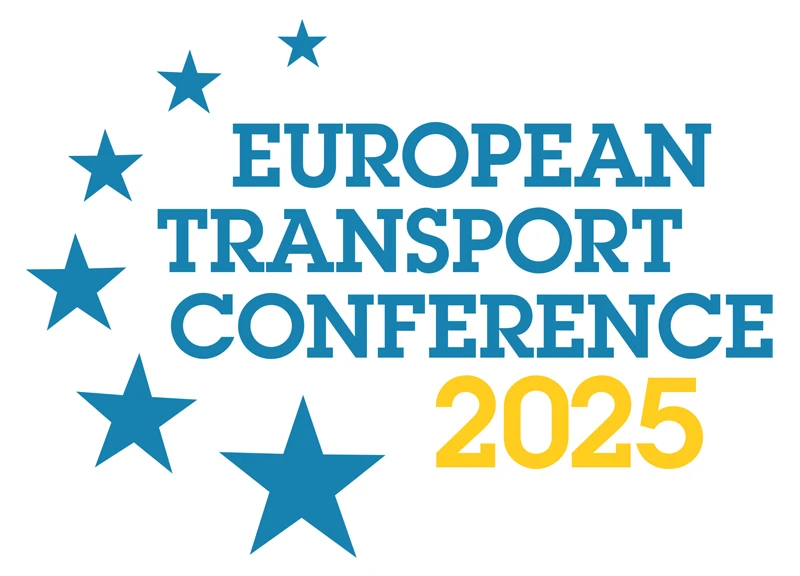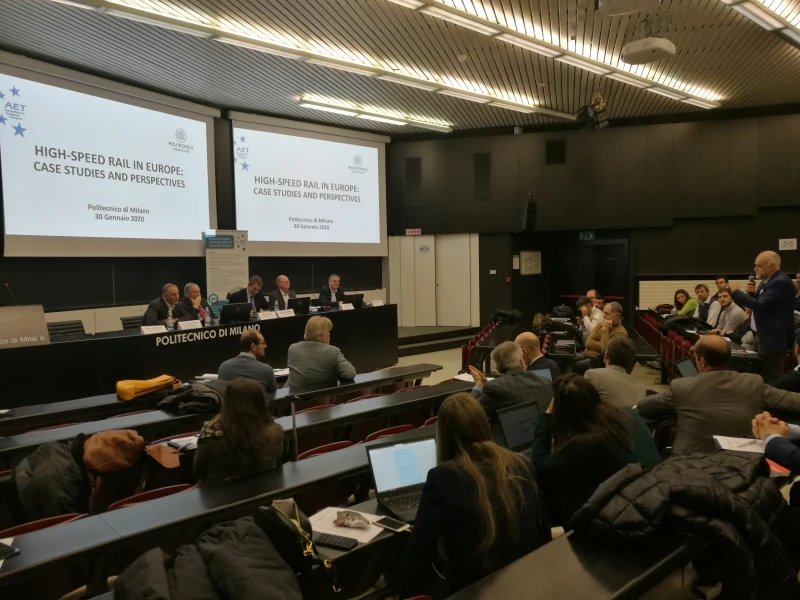-
Past ETC Papers
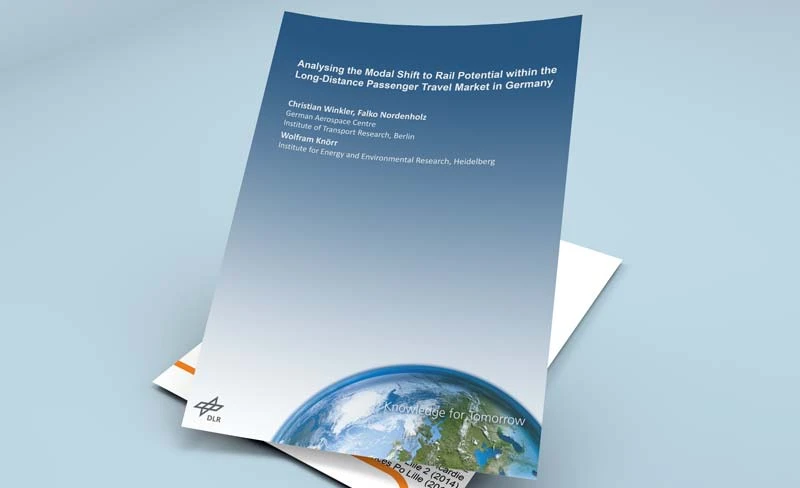
Browse, search and view papers from the past AET Conferences.
-
Members' Area
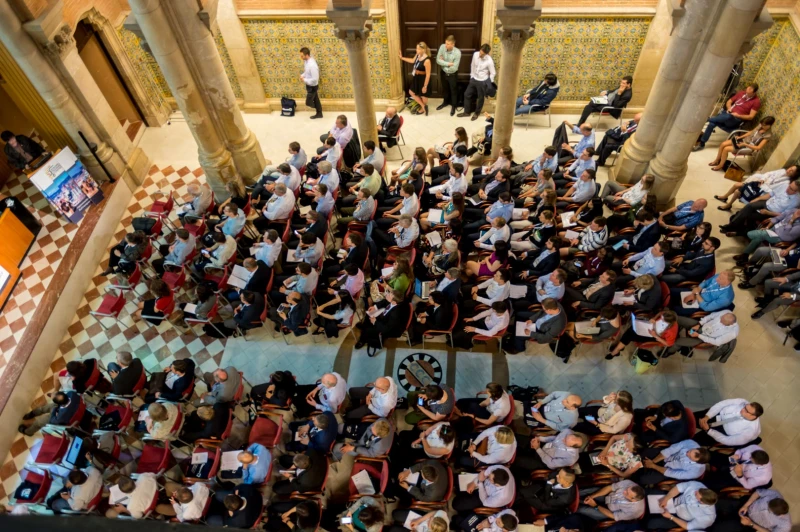
AET promotes networking and exchange of ideas, information and opportunities amongst members.
Conference Papers 2024
Antwerp, Belgium
ETC Conference Papers 2024
Towards zero-emission transport: simulating cities’ transition pathways with the MOMOS model
Seminar
Day 2 (19 Sep 2024), Session 6, Modelling scenarios, 13:30 - 15:00
Status
Accepted, documents submitted
Submitted by / Abstract owner
Francesca Fermi
Authors
Dr Stefano Borgato, TRT Trasporti e Territorio
Francesca Fermi, TRT Trasporti e Territorio (presenter)
Francesco Chirico, TRT Trasporti e Territorio
Short abstract
This paper focuses on the application of a modelling tool to simulate cities’ pathways to zero-emission urban mobility by 2030 and 2050 through the development of potential transition scenarios built around sustainable policy measures.
Abstract
Managing mobility issues is one of the most complex challenges facing city governments. Poor planning and congestion have negative consequences on urban mobility and the environment. At the same time, scarce resources make it necessary to prepare an integrated strategy, able to apply sustainable mobility policies evaluated in a scientific and measurable way and flexible enough to accommodate for future changes.
In this context, this paper focuses on the experience gained with modelling applications simulating European cities’ pathways to zero-emission urban mobility and Green Deal targets by 2030 and 2050, through the development of potential transition scenarios. Scenarios are built on different set of sustainable policy measures, whose impacts is quantified through a series of indicators as output results.
The assessment is realized through MOMOS (https://www.momos-model.eu/) a quantitative tool which allows to simulate and quantify in a simplified way the impacts of potential mobility transition scenarios in cities. The model can analyse different sets of policy measures, be adapted to various urban contexts, and offer a strategic, quantitative, theoretically found, and adaptable evaluation of alternative solutions.
The potential scenarios can be defined with a different focus and a specific combination of policy measures, selected based on recent European programs and projects such as CIVITAS, EPOMM, ELTIS and EIT. Strategies can be designed in a comprehensive way, considering also the temporal dimension, assuming that some policies will be implemented first while others at a later stage. When combined, the policies have a mutual influence on each other: they affect in the end the same variables in the model (e.g., transport cost, transport time, mode split, vehicle stock, etc.) and can smooth or amplify the impacts with respect to the individual application.
This approach has been recently applied in a study to five real European cities: Brussels, Madrid, Milan, Greater Manchester, and Warsaw. Furthermore, another study focused on the simulation of scenarios in 12 city prototypes (representing more than 800 European cities), the differentiated by dimensions (small, medium, and large cities) and geographic areas (southern, central/western, northern, and eastern Europe). An in-depth data collection defined and reproduced the city / prototype characteristics at the base year, including socio-demographic aspects as well as mobility features.
To assess the impacts of transport policies and scenarios the MOMOS model estimates on a yearly basis a set of quantitative indicators related to different domains: transport, environment, economy. These includes: modal split, public and private fleet electrification, car ownership, road safety, CO2 and air pollutants emissions.
In addition, multi-criteria cost effectiveness analysis can be performed to estimate costs and benefits associated to the potential transition scenarios. Such analysis is based on four components: (implementation and maintenance) costs of the policy measures, environmental benefits, users’ transport costs and travel time, and revenues for the public administration and service providers.
In conclusion, the MOMOS model is a strategic tool allowing to assess the transition towards a zero-emission urban mobility in European cities in the short and long term. Whereas the model doesn’t have the ambition to present the most likely transition outcome, it is able to show potential future pathways in a context of large uncertainty (policies, trends, etc.) while demonstrating the high efforts needed to accomplish such challenging goal. Also, the implementation of sets of policy measures illustrated their impacts on mobility, environment, and people’s safety.
Programme committee
Transport Models
Topic
Transport planning analysis and models
Documents:

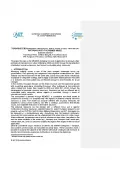
Association For
European Transport
Forester House
Doctors Lane
Henley-in-Arden
Warwickshire, UK
B95 5AW
+44 (0) 15 64 793552
VAT number: 710 1866 64
Conference Supporters & Endorsers

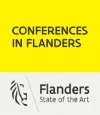


Legal Entity
The Association for European Transport is registered as an Association ('vereniging') with the Chamber of Commerce for Haaglanden in The Netherlands under company number 27170096.
Built on Zenario

